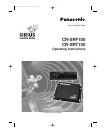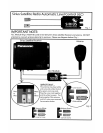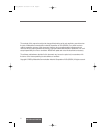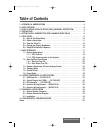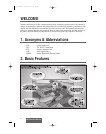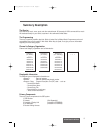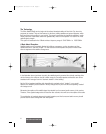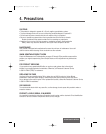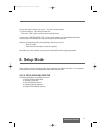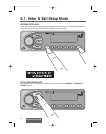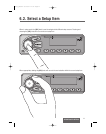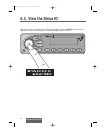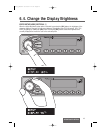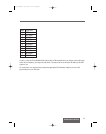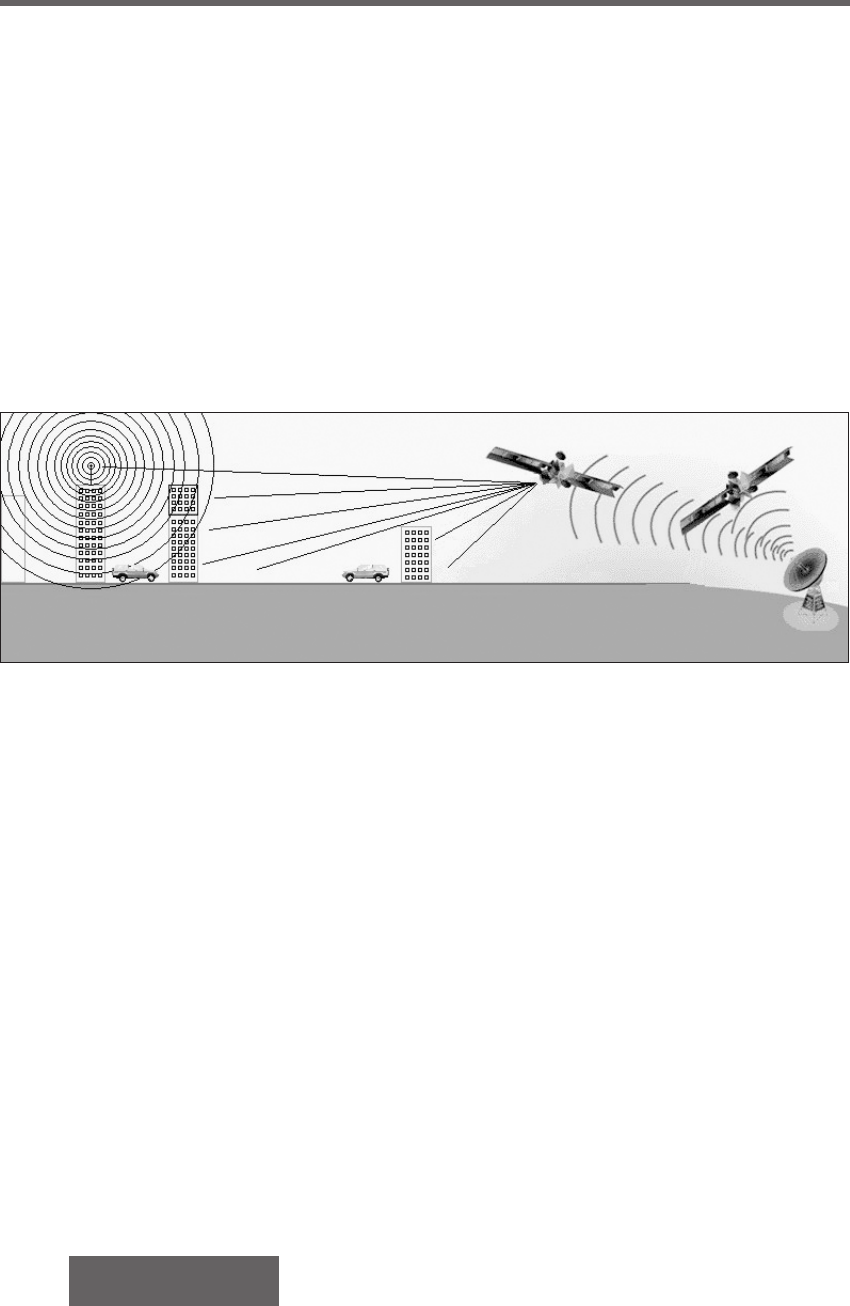
CR-SRF100/CR-SRT100
6
The Technology
The Sirius Satellite Radio service begins at the national broadcast studios in New York City, where the
programs are created. They are then beamed to the three orbiting satellites and ground repeaters, which
then send them to the receiver in your vehicle. This signal is maximized by placing the satellites in orbits
directly above the United States rather than geostationary orbits over the equator. The result is the most
optimal signal strength.
This system is broadcast in the S-Band and has a frequency range of 2319.75MHz to 2332.75MHz.
A Note About Reception
Satellite signals may be completely blocked by buildings, overpasses, or other structures and they
operate best with a “clear line of sight.” For this reason, terrestial repeaters are placed in dense urban
areas to supplement the satellite coverage area.
In the illustration above (not drawn to scale), the satellite signal is prevented from directly reaching either
vehicle. However, the vehicle on the left is within range of a terrestial repeater and therefore can recieve
broadcast until it emerges from the “electronic shadow” of the building.
Not: the Sirius broadcast satellites orbit almostdirectly overhead so their “shadow” is very small.
However, the satellite’s precise location in the sky changes hour by hour and the corresponding “shadow”
will change as well.
Momentary interruption of the satellite signal is protected by a four-second audio memory in the receiver.
Therefore, if the signal blockage exists for less than four seconds, there will be no interruption of the audio.
The combination of overhead placement, terrestial repeaters, and the four-second audio memory should
provide coast-to coast coverage with few interruptions.
17233_SGould 08/15/02 14:46 Page 6



